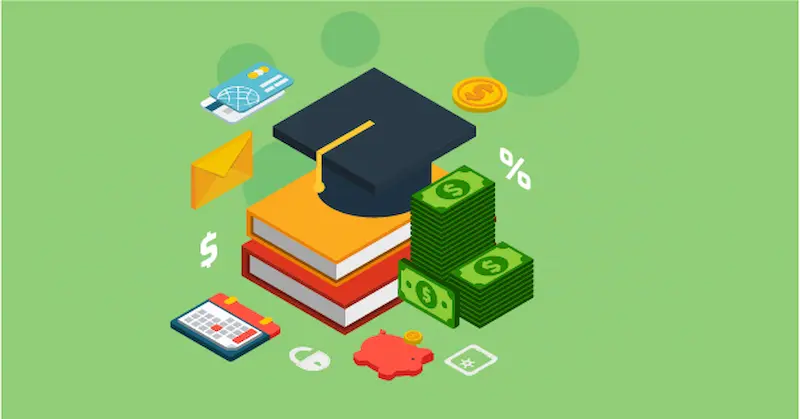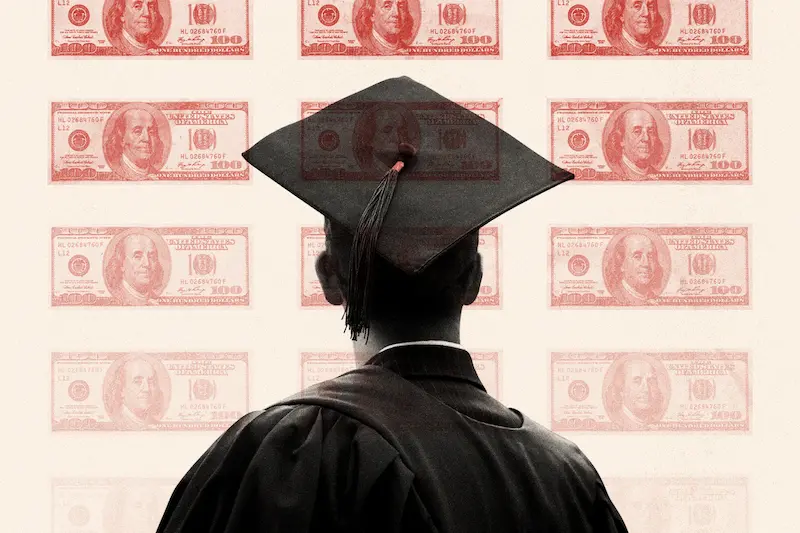Graduating from college is a major achievement—congratulations! But with this milestone often comes student loan debt. If you’re staring at a pile of bills and wondering how you’ll manage, don’t worry. There are loan repayment programs for graduates designed to help you pay off your loans in a way that fits your life and income.
This guide will break everything down in simple, practical terms so you can make informed choices.
What Are Loan Repayment Programs for Graduates?

Loan repayment programs for graduates are structured plans that help borrowers repay their student loans after finishing college. Instead of paying a lump sum or the full amount immediately, these programs allow for flexible monthly payments, extended repayment periods, or even partial loan forgiveness.
The goal is simple: reduce stress and make payments manageable while you start your career. These programs are offered by federal student loan programs, private lenders, and sometimes your state government.
Why You Need a Repayment Program
Many graduates assume they must start paying back loans immediately at the full amount, which can be overwhelming. A repayment program can help you:
- Avoid default – Missing payments can damage your credit and lead to extra fees.
- Manage your budget – Pay only what you can afford each month.
- Reduce long-term costs – Some programs lower interest payments or offer forgiveness.
- Plan for the future – Frees up money for buying a home, saving, or investing.
Types of Loan Repayment Programs for Graduates

Here’s a detailed look at the main repayment options:
1. Standard Repayment Plan
This is the default plan for federal student loans. It sets fixed monthly payments over 10 years.
How it works:
- Your payment is the same each month.
- The loan is fully paid off at the end of the term.
- You pay less interest overall compared to longer-term plans.
Who it’s best for:
Graduates with steady incomes who can afford higher monthly payments and want to pay off loans quickly.
Example:
If you owe $30,000 in federal loans with a 5% interest rate, your monthly payment would be about $318, and you’d pay roughly $8,160 in interest over 10 years.
2. Graduated Repayment Plan
This plan starts with lower payments that gradually increase every two years.
How it works:
- Payments are smaller at the beginning, making it easier for new graduates.
- Payments increase as your income is likely to grow.
- Typically lasts 10 years.
Who it’s best for:
Graduates starting in entry-level jobs with low initial salaries but expecting raises in the future.
Example:
You start at $200/month and after 2 years your payment increases to $250/month, then $300/month, and so on. Total interest paid will be higher than under the standard plan.
3. Income-Driven Repayment Plans
Income-driven repayment (IDR) plans adjust your monthly payment according to your income and family size. Popular options include:
- Income-Based Repayment (IBR) – Usually 10–15% of discretionary income.
- Pay As You Earn (PAYE) – 10% of discretionary income, capped at standard repayment.
- Revised Pay As You Earn (REPAYE) – 10% of discretionary income, with interest subsidies.
How it works:
- Payments are affordable even if your income is low.
- After 20–25 years of payments, any remaining balance may be forgiven.
Who it’s best for:
Graduates in public service jobs, low-paying industries, or those with high student debt relative to income.
Tip: Payments under IDR count toward Public Service Loan Forgiveness if you work in qualifying jobs.
4. Extended Repayment Plan
This plan allows you to extend your repayment period up to 25 years, lowering monthly payments.
How it works:
- Monthly payments are smaller than standard plans.
- You end up paying more interest over time because the loan lasts longer.
Who it’s best for:
Graduates with large loan balances who need smaller monthly payments to manage other expenses.
Example:
A $50,000 loan at 5% interest may have a $266/month payment over 25 years, compared to $530/month over 10 years under the standard plan.
5. Public Service Loan Forgiveness (PSLF)
PSLF is designed for graduates working in public service jobs such as teaching, healthcare, or government.
How it works:
- Make 120 qualifying monthly payments under an income-driven repayment plan.
- Remaining balance is forgiven tax-free.
Who it’s best for:
Graduates committed to long-term public service careers.
Important tips:
- Only Direct Loans qualify.
- Work must be full-time in a qualifying organization.
- Keep accurate records and submit annual employment certification.
Private Loan Repayment Options
If you have private student loans, options are more limited. Some private lenders offer:
- Fixed or variable repayment schedules – Usually 5–20 years.
- Graduated repayment options – Payments start low and increase over time.
- Deferment or forbearance – Temporary relief if you face financial hardship.
Tip: Always contact your lender to discuss options before missing a payment. Private loans usually do not offer forgiveness programs.
You may also like to read this:
Federal Student Loan Programs Explained Smart Borrowing Tips
Best Private Student Loan Options For College Students
How Student Loan Forgiveness Programs Work Explained
Student Loan Assistance Programs 2025: Complete Guide
Government Education Loan Schemes: Complete Student Guide
How to Choose the Best Repayment Program
- Assess your income and expenses: Make sure your monthly payment is realistic.
- Consider career growth: If you expect income increases, a graduated plan could work well.
- Look for forgiveness opportunities: Certain jobs and IDR plans can save you thousands.
- Factor in interest rates: Longer repayment plans may lower monthly payments but increase total interest.
- Stay flexible: Review your plan annually and adjust if your income or financial situation changes.
Tips for Managing Loan Repayments
- Set up automatic payments – Avoid missed payments and some lenders offer a 0.25% interest discount.
- Pay more when possible – Extra payments go toward principal and reduce interest.
- Keep track of deadlines – Ensure you submit IDR forms or certification documents on time.
- Seek advice – Loan servicers, financial advisors, or nonprofit organizations can guide you.
Final Thoughts
Managing student loans doesn’t have to be stressful. By exploring loan repayment programs for graduates, you can find a plan that fits your income, lifestyle, and career goals. Whether it’s a standard plan, income-driven plan, or loan forgiveness program, taking control of your repayment strategy now will save you money and stress in the long run.
Remember, the key is staying informed, proactive, and flexible. Your future self will thank you!
FAQs
Q1: Can I switch repayment plans later?
Yes! You can change your federal repayment plan anytime if your financial situation changes.
Q2: Are private loans eligible for forgiveness?
Typically no. Private lenders rarely offer forgiveness programs, so consider refinancing carefully.
Q3: What happens if I miss payments?
Missed payments can lead to late fees, damaged credit, and potential default. Contact your loan servicer immediately.
Q4: Can IDR plans help with large loan balances?
Yes, IDR plans make payments affordable based on income and may lead to forgiveness after 20–25 years.





